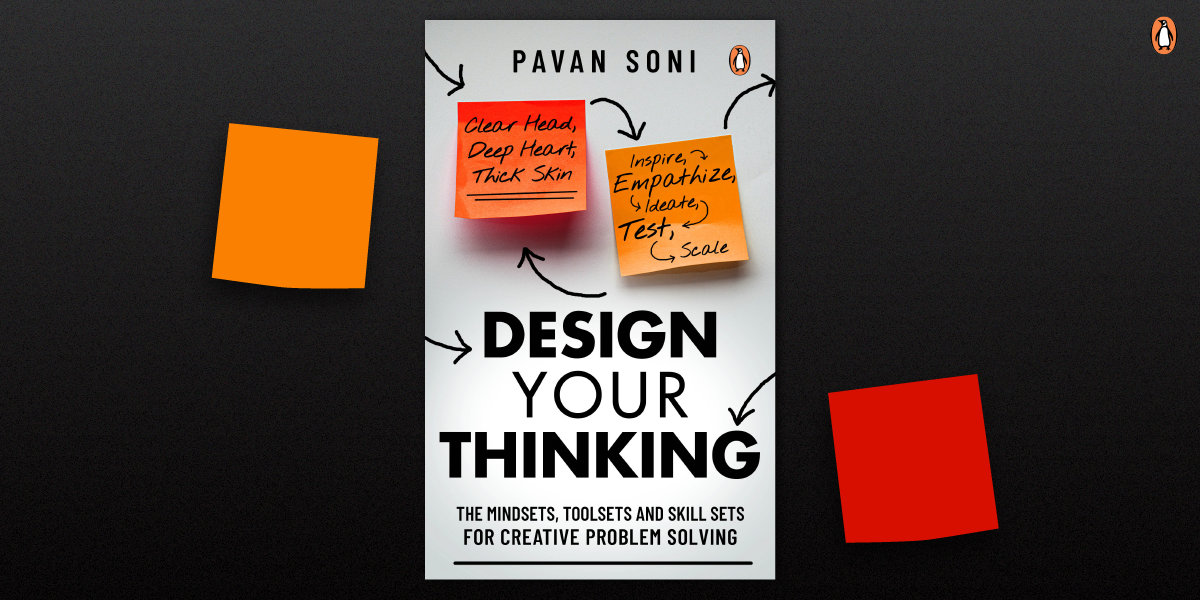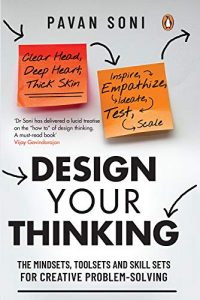
What is prototyping
Prototyping is about engaging with customers in advance and reaching out to them with a very low-resolution solution to get an early feedback. Such an approach of iterative rapid-cycle prototyping helps in securing funding, organizational commitment and customer trust, and in building the team’s morale and making them believe they are headed in roughly the right direction.
The need for prototyping
A good and early prototype serves three core functions:
1. It takes ideas from the abstract to the concrete, giving them the much-needed body and soul
2. A prototype helps get the buy-in from your team members, senior managers and customers, as at least one of the possible outcomes.
3. Prototyping makes it possible to seek feedback and avenues of improvement more objectively and readily.
One of the masters of the prototyping mindset was Thomas Edison, who famously quipped, ‘None of my inventions came by accident. I see a worthwhile need to be met and I make trial after trial until it comes. What it boils down to is one percent inspiration and ninety-nine percent perspiration.’
What to prototype and what all to prototype?
While anything can be prototyped, not everything needs to be. As David Kelley says, you only need to prototype the most unbelievable part of the solution, the leap of faith, and not the entire solution.
To ensure that you are not overdoing the prototype, spending too much time and resources on it, and checking the obvious, it is advisable to perform the last experiment first. If the most critical final frontier does not work, there is no point in reaching there and later wondering why.
When it comes to prototyping, speed matters
The faster your ideas are made tangible, the sooner you can evaluate and refine them and reach the best solution. The failure must be contained in a manner that many experiments could be packed within a given budget and time frame. These must be quick and dirty prototypes, or, as IDEO likes to call them, paper-thin prototypes.
The greater the investment in an idea, the more committed one becomes to it. The goal of prototyping is not to create a working model; it is to give form to an idea to learn about its strengths and weaknesses, and to identify new directions for the next generation of more detailed, more refined prototypes. Don’t let your inner perfectionist slow you down.
Rely on storyboard and scenarios for prototyping services
Services have far fewer tangible components, and there is a lot more involvement of the dimension of time, so you must think in terms of sequence of activities, emotional engagements and ‘moments of truth’.
Scenarios allow you to visualize how your solution interacts with users over time. One could test out multiple future scenarios to tease out customer reactions and validate ideas. Scenarios can also help in anticipating unforeseen challenges and thinking up remedial measures, and these are best done with the customer by the side. Meaningful scenarios keep the audience focused on the core of the idea, without getting lost in its mechanics or aesthetics.

Remain open to feedback
One of the key principles of design thinking is to seek timely and honest feedback from the people who matter. A delayed or skewed feedback does not help the progress of your problem-solving or innovation sprint and, resultantly, the mistakes become far too costly to correct.
When demonstrating your prototype, bear in mind that the intent is to solicit honest feedback and not sell the concept. This is a very tricky balance to achieve, especially if you are working under a tight schedule without easy access to your intended customers.
Create an inventory of your failed prototypes
Display it (your failed prototype) for others to draw inspiration from and for you to resort to it when you stumble on your next problem.
**
These insights about prototyping are from Pavan Soni’s Design Your Thinking, a practitioner’s perspective on how the tenets, methods and discipline of design thinking can be applied across a range of domains, including to everyday problems, and help us become expert problem-solvers through the use of the appropriate toolsets, skill sets and mindsets.









